How Does a Wood Fired Pizza Oven Work: Unlocking the Secrets of Wood Fired Pizza Ovens
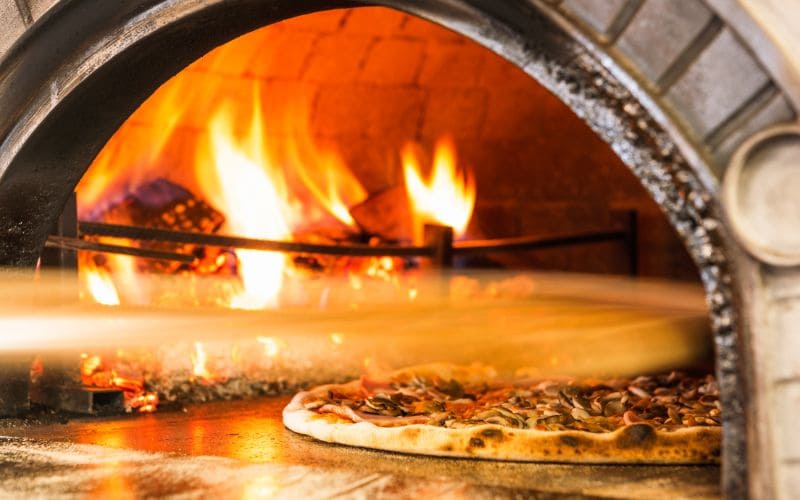
Key Takeaways
- Wood fired ovens use wood to create high, even heat for cooking, especially pizza. The wood smoke infuses foods with a unique smoky flavor.
- Wood fired ovens excel due to their materials, shape, airflow, and use of conductive (hot floor), convective (hot air), and radiant (domed ceiling) heat transfer.
- Hardwoods like oak and maple are ideal fuels. Lighting a clean fire and letting it burn for 30-90+ minutes preheats the oven to the 700-800°F optimal pizza baking temperature.
- Signs the oven is hot enough include a white interior dome, quick flour browning, oven thermometer readings, and high heat tolerance tests.
- While renowned for pizza, wood fired ovens can also bake bread, roast meats, grill vegetables, cook desserts and more to take full advantage of their versatility.
What Is a Wood Fired Oven?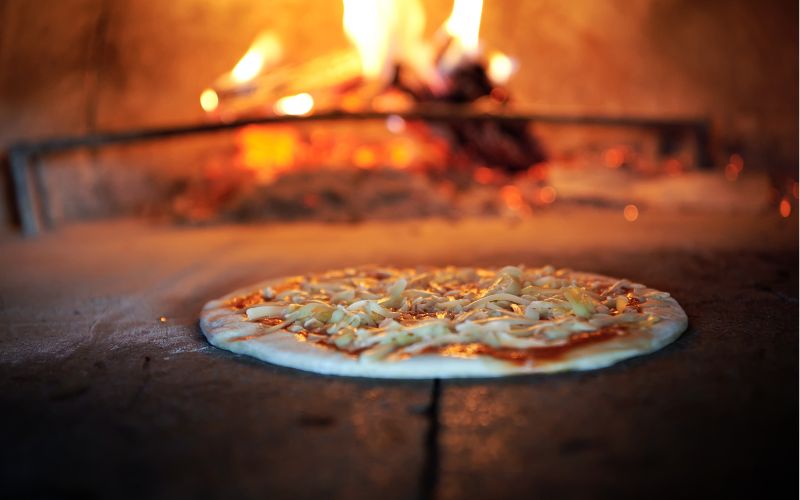
A wood fired oven, often made from brick or other refractory material, is designed to cook food—most notably pizza—with the authentic flavor that only burning wood can provide. Unlike conventional gas ovens, the key to a wood fired pizza oven's capability is its high-temperature cooking and unique heat distribution properties.
How a Wood Fired Pizza Oven Works
In understanding how a wood fired pizza oven functions, it's essential to grasp the interplay of its construction, the materials used, and the way heat transfers within it to achieve the optimal baking temperature. Wood fired pizza ovens harness techniques involving conductive, convective, and radiant heat to impart a distinct smoky flavor to foods.
Construction and Operation
Your wood fired pizza oven's design is a fusion of traditional craftsmanship and contemporary needs. Brick or stone are typical materials, forming a dome-shaped interior that excellently reflects heat. This structure consists of an insulated chamber where wood is burned, and the heat is strategically retained for cooking.
Materials and Design
The materials chosen for constructing your oven are crucial as they directly affect its ability to store and retain heat. High-quality firebricks and insulating layers trap the heat, ensuring your oven reaches and maintains the necessary high temperatures for baking.
How Heat Is Produced and Transferred
Burning wood, especially hardwoods like oak or maple, the oven capitalizes on three types of heat transfer: conduction, convection, and radiation. The hot brick base provides conductive heat to the pizza base, while the dome's interior radiates reflective heat overhead. Convection currents circulate hot air, cooking the toppings evenly.
Temperature Control and Measurement
Controlling your oven's temperature is pivotal. High temperatures above 800°F are often necessary for that perfect crust, but they must be monitored with a thermometer to prevent burning. By managing the embers and live fire, you manipulate the heat intensity.
Lighting and Maintaining the Fire
Starting with kindling and gradually adding larger pieces of wood, you build a fire that creates a bed of embers. The right hardwood selection can influence the cooking temperature and duration, delivering consistent and reliable heat for your pizzas.
Safety Considerations
Safety is non-negotiable; ensuring your wood fired oven is correctly installed and maintained minimizes risks. Adequate ventilation, proper clearance from combustibles, and using the right materials can safeguard against accidents while you enjoy the baking process.
Tips to Use a Wood Fired Oven
Working with a wood fired oven, you'll need to understand the process of lighting it, gauging the proper heat for cooking, and using the oven's capabilities to your advantage. Let's explore some essential tips to help you master the art of wood fired cooking.
How to Light a Wood Fired Oven
Preparation
- Make sure the oven is clean and free of ash from previous fires. Sweep out any debris.
- Have your wood ready: kindling, small logs, medium split logs. Hardwoods like oak and maple work best.
- Optional: Have fire starters, newspaper, matches/lighter ready to help start the fire.
Starting the Fire
- Place fire starters, newspaper, and/or kindling in the center of the oven.
- Create a teepee or pyramid shape with the kindling pieces over the fire starters.
- Light the fire starters and newspaper in multiple spots near the base. Allow the kindling to fully catch fire.
- It's important to maintain a balance between a strong flame and a smoking oven—aim for a bright, roaring fire that heats the oven evenly.
Building Heat
- Once kindling is burning well, start adding small split logs to build up the fire.
- Gradually add medium-sized logs every 5-10 minutes as the fire grows.
- Keep the door open and stack wood to create flames licking the oven ceiling to heat the dome.
Cooking Temperature
- It takes 30-90+ minutes for the oven to reach 700-800°F+ cooking temperatures.
- Signs the oven is hot enough: dome interior turns white, oven thermometer (if equipped).
- Push fire and coals to back/side, sweep oven floor clean. The oven is now ready to cook pizzas!
How Long Does It Take to Light the Fire in a Wood Fired Oven?
It typically takes 30-90 minutes to light the fire and heat a wood-fired pizza oven to the proper cooking temperature of around 700-800°F (370-430°C). Here is a summary:
-
Smaller portable ovens may only take 30-45 minutes to reach temperature.
- Medium-sized ovens often take 45-60 minutes to reach 700°F+ temperatures needed for baking pizza.
- Larger built-in brick ovens can take 60-90+ minutes to properly heat up. The thicker materials take longer to saturate with heat.
- Letting the fire burn for up to 2 hours is recommended if the oven has been unused and needs to be fully cured/dried out.
- Altitude and weather conditions can also affect heat-up times. Colder or damp conditions may increase times.
- Signs the oven is approaching the right temperature:
Interior dome turns from black to white
The oven thermometer reads 700-800°F+ (if equipped)
Test patches of semolina flour brown quickly
So in most cases, plan on letting the fire burn for 30-90 minutes to safely achieve wood fired cooking temperatures between 700-800°F. The exact time will depend on the size and design of your specific oven. Smaller ovens heat faster, while larger ovens need more time but retain heat better for longer cooks.
How Do You Know When the Oven Is Ready?
Dome Interior Turns White
- As the oven heats up, the smoke will initially turn the dome interior black. Once temperatures reach around 600-650°F, the black soot will burn off and the dome will gradually turn white.
- This is a good visual indicator the oven is approaching proper cooking heat.
Hot Oven Temperature Reads 700-800°F
- A built-in or infrared thermometer aimed at the oven floor should read between 700-800°F before cooking pizza. Lower temperatures like 500°F can be used for meats or bread.
- Watch the thermometer during startup to monitor temperature rise.
Flour Patches Brown Quickly
- Sprinkle small patches of semolina or flour in various spots on the oven floor. When the patches brown within 60-90 seconds, the floor is likely above 650°F.
- Adjust if browning takes longer.
Hand Test Feels Very Hot
- Carefully hold your hand inside the oven about 1-2 inches above the floor. A tolerance of only 1-2 seconds indicates temperatures over 750°F.
- This hand test can help gauge heat without tools.
So, in summary, look for a clean white dome, oven thermometer in the 700s, quick flour browning, and intense hand heat to confirm your wood-fired oven is properly preheated for cooking pizza or other items requiring high temperatures. Handle tests with caution.
Other Uses of a Wood-Fired Pizza Oven
While widely celebrated for crafting the perfect pizza, your wood-fired oven is an incredibly versatile tool that transcends beyond pizza making. The high temperatures and even heat distribution make it ideal for a range of culinary experiments.
Baking Bread: Your wood-fired oven isn't just for pizzas; it creates a perfect environment for baking bread. The even cooking and radiant heat give loaves a crispy crust and fluffy interior similar to artisanal bakery offerings.
Roasting Meats: Transform your oven into a powerhouse for roasting. You can achieve succulent, perfectly roasted meats from poultry to ribs with a wood-fired oven. The high heat allows for a crispy exterior while keeping the inside tender and juicy.
Grilling: A wood-fired oven can double as a grill. The cooking floor serves as a pizza stone, where you can grill vegetables, steaks, and fish, imparting a smoky flavor that's hard to replicate in a conventional oven.
Desserts and Sweets: Explore your sweet tooth by using the oven for desserts. The retained heat is ideal for baking pies, cobblers, or even some chocolate lava cakes with an added touch of smoke.
Soups and Stews: Due to its capacity to slow cook, a wood-fired oven brings out the flavors in soups and stews, allowing them to simmer to perfection.
Legumes: When the oven begins to cool, it's an opportune time to slow-cook dishes like beans, which benefit from long cooking times and the residual heat to become tender and flavorful.
By utilizing these various cooking techniques, you can maximize the potential of your wood-fired pizza oven and extend its utility beyond just pizza.
Frequently Asked Questions
What types of wood are best for cooking in a pizza oven?
For cooking in a pizza oven, hardwoods like oak, maple, ash, beech, and birch are ideal due to their density and low sap content. They burn hotter and longer, imparting a delicate, smoky flavor to your pizza.
Can wood-fired pizza ovens be used indoors, and if so, what precautions should be taken?
Using a wood-fired pizza oven indoors is possible, but you must ensure proper ventilation to expel smoke, prevent carbon monoxide buildup, and comply with local building codes and regulations.
What are common mistakes to avoid when cooking with a wood-fired pizza oven?
Avoid using wet or green wood as it produces excessive smoke and less heat. Another common mistake is not allowing the oven to reach the right temperature before cooking, which can result in unevenly cooked pizza.
What design features contribute to an efficient wood-fired pizza oven?
An efficient wood-fired pizza oven features thick insulation, a dome shape for even heat distribution, a properly sized flue for optimal airflow, and a tight-fitting door to retain heat.
What are the benefits of cooking with a wood-fired oven versus a deck oven in pizzerias?
A wood-fired oven quickly cooks pizzas at high temperatures, delivering a unique flavor and a crispier crust that a conventional deck oven may not match. It also adds an authentic touch and visual appeal to the pizzeria setting.


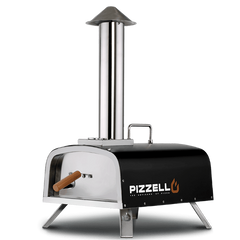
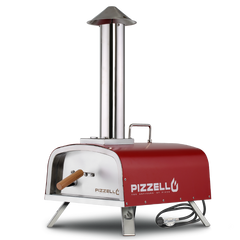
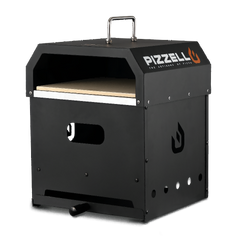
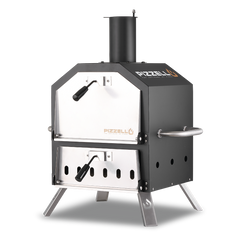



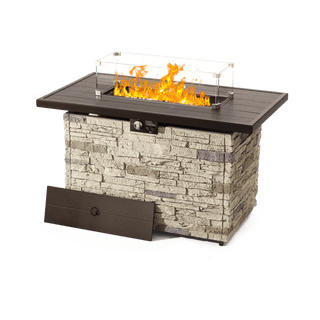
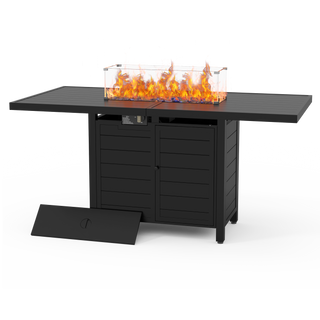
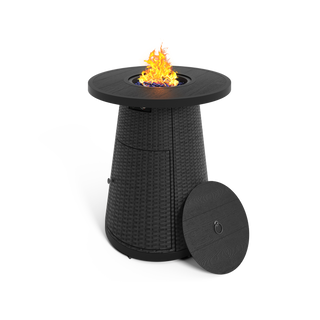

 Aluminum Dining Table
Aluminum Dining Table
 WPC Dining Table
WPC Dining Table
 HDPE Dining Table
HDPE Dining Table
 Cart
Cart
 Gas Burner
Gas Burner
 Hat
Hat
 Apron
Apron
 Swivel Rocker Set
Swivel Rocker Set
 Textilene Chairs
Textilene Chairs
 HDPE Chairs
HDPE Chairs
 Wicker Counter Height Barstools
Wicker Counter Height Barstools
 Metal Counter Height Barstools
Metal Counter Height Barstools


























